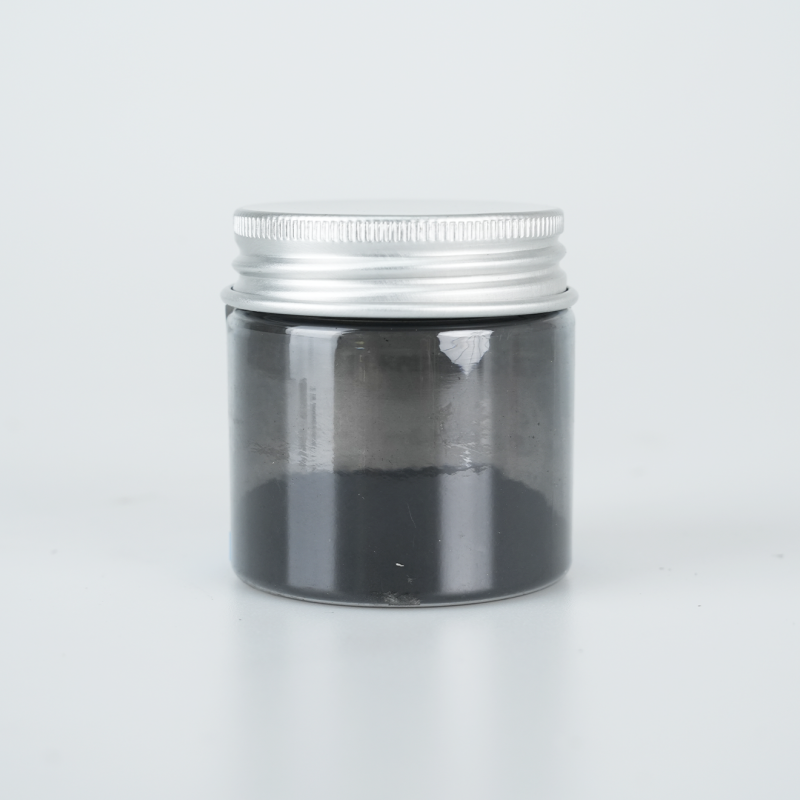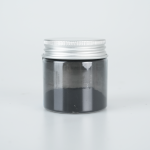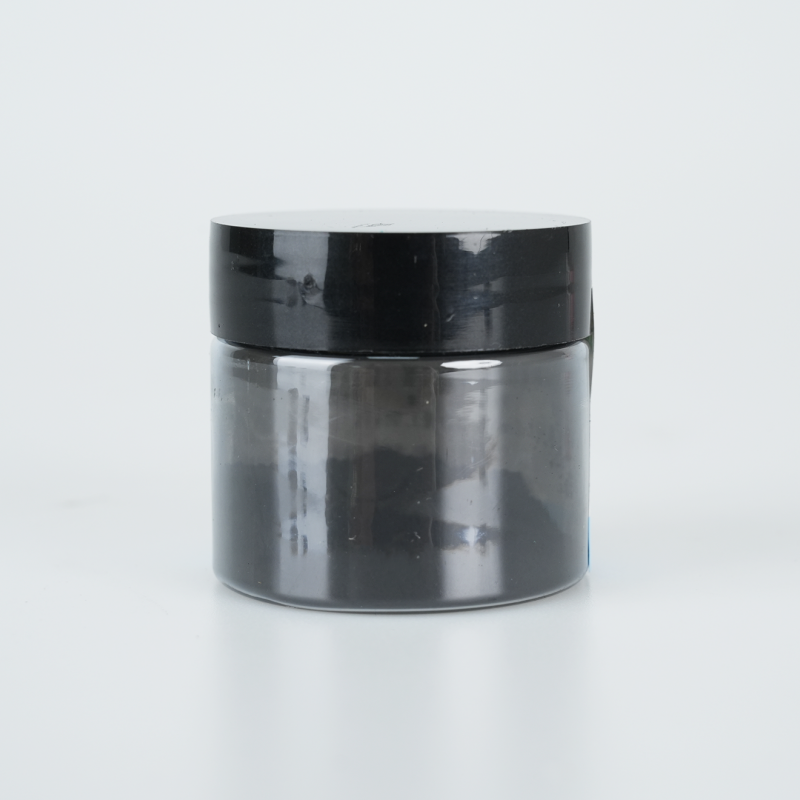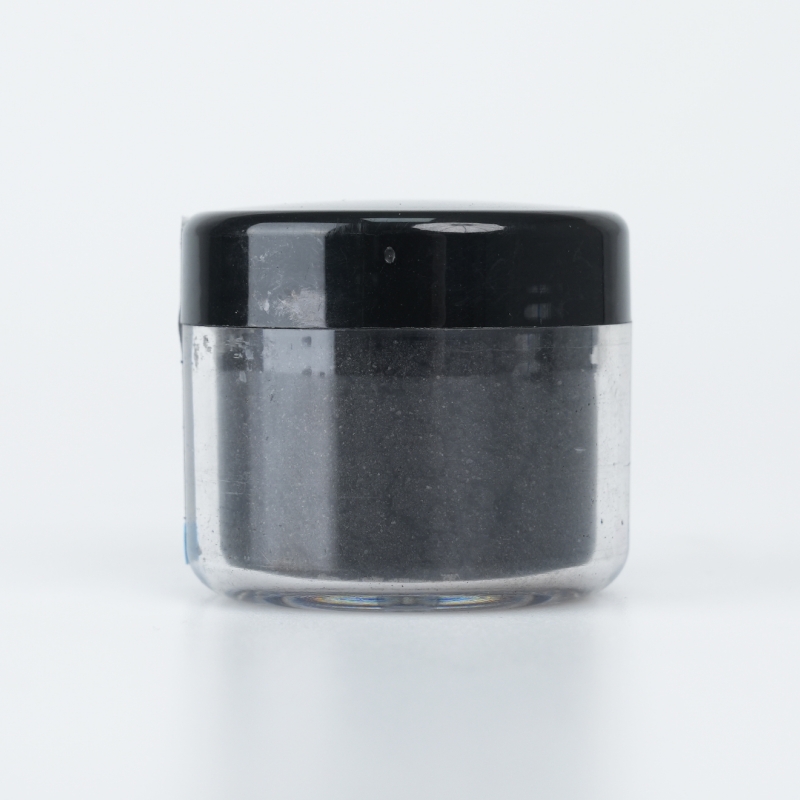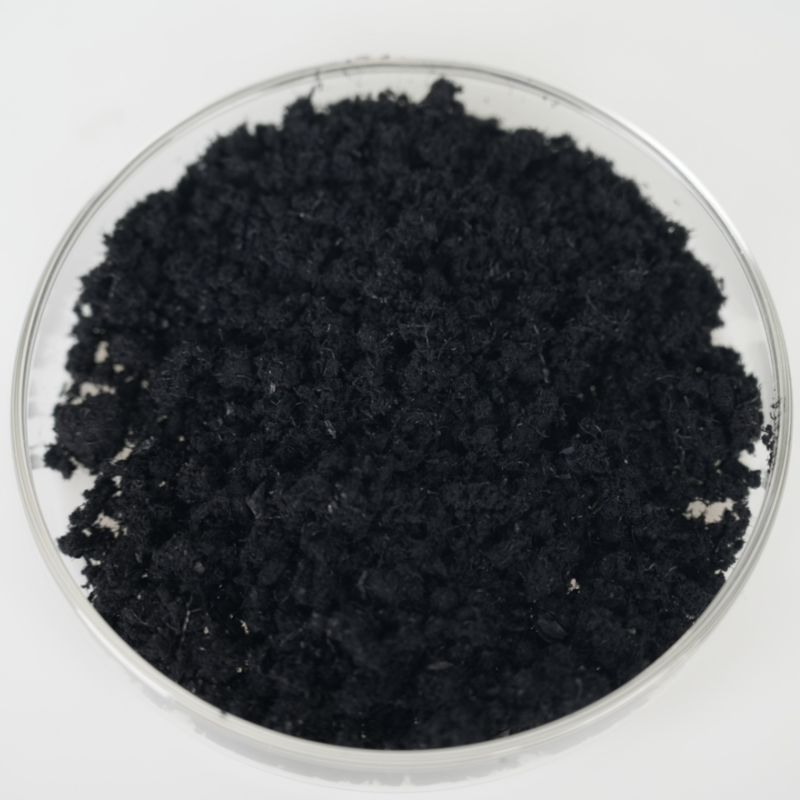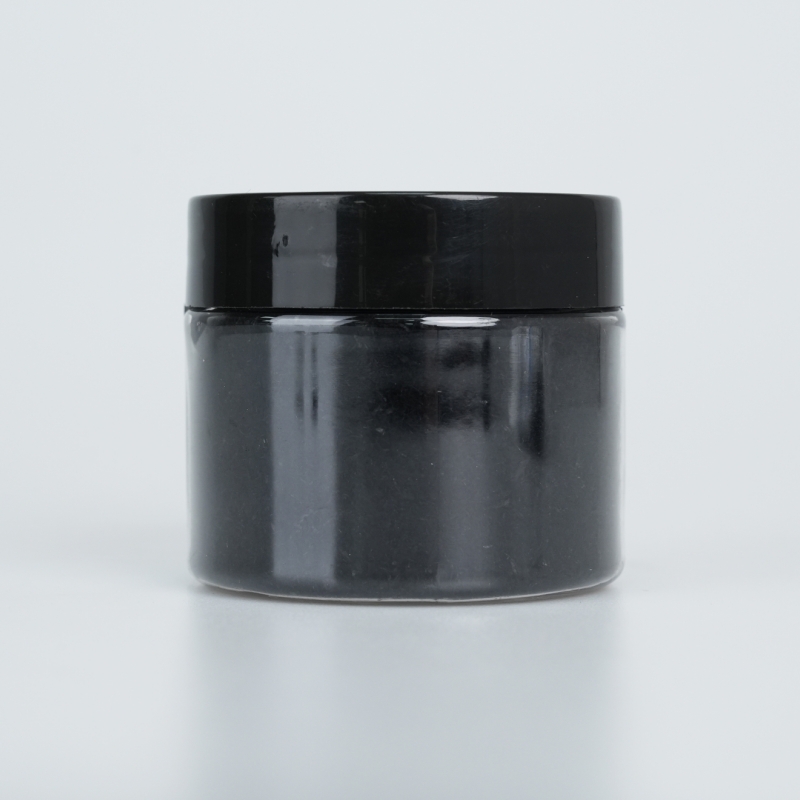Low-purity carboxylated single-walled carbon nanotubes (SWCNTs) offer basic functionalization, moderate dispersion stability, and standard conductivity. Suitable for general-purpose applications, they provide cost-effective material integration, adaptable formulation, and functional enhancement.
Product Overview
Low-purity carboxylated single-walled carbon nanotubes (SWCNTs) are seamless hollow tubes formed by the helical winding of a single layer of graphite hexagonal lattice along a chiral vector. These nanotubes have a very high surface area and excellent physical and chemical properties. They are produced using chemical vapor deposition (CVD) and exhibit good electrical and thermal conductivity. Despite their relatively lower purity, they still maintain significant electrical and mechanical properties, with strong adaptability and potential when subjected to certain surface modifications. These nanotubes are widely used in electronics, energy, composite materials, and other fields.
Key Features
- Excellent Electrical Conductivity: High conductivity and low resistance, enabling efficient current transmission, comparable to high-quality conductors like silver and copper.
- High Thermal Conductivity: Exceptional heat conduction capability, making them ideal for use in electronic devices and thermal management systems that require efficient heat dissipation.
- Unique Mechanical Properties: High tensile strength (100-200 GPa) and a high Young's modulus (close to 1 TPa), providing potential for enhancing composite materials.
- High Chemical Stability: Stable in various chemical environments and resistant to acids, bases, and oxidizing agents.
- Optical Properties: Absorbs and scatters light at specific wavelengths and can exhibit luminescence under certain conditions, suitable for optoelectronic devices.
- High Flexibility: Can bend and fold without breaking, providing a significant advantage in flexible electronic devices.
Applications
- Electronics: Used to manufacture compact, high-efficiency integrated circuits, field-effect transistors, and flexible electronic devices.
- Energy: As an electrode material in lithium-ion batteries, enhancing charge/discharge performance and cycle life. Also suitable for making supercapacitors, boosting energy density and power density.
- Composite Materials: Adding SWCNTs to polymers and other materials significantly improves their strength, stiffness, and toughness.
- Sensors: Ideal for detecting gases and chemicals, particularly for high-sensitivity biological molecule and cell detection.
- Nanomechanics: Used as components in micro-mechanical systems, such as nano motors in nanotechnology applications.
- Aerospace: Applied in manufacturing lightweight, strong components for aircraft and spacecraft.
- Other Fields: Potential applications in catalysts, field emitters, conductive films, and bio-nanomaterials.
| Technical Parameter | Low Purity Carboxylated Single-Walled Carbon Nanotubes (Short) | Low Purity Carboxylated Single-Walled Carbon Nanotubes (Long) |
| Purity | >60% | >60% |
| Carboxyl Content | 2.73 wt% | 2.73 wt% |
| Diameter | 1-2 nm | 1-2 nm |
| Length | 5-30 μm | 5-30 μm |
| Color | Black | Black |
| Conductivity | >100 s/cm | >100 s/cm |
| Preparation Method | CVD | Moving catalytic method |
 new material
new material

